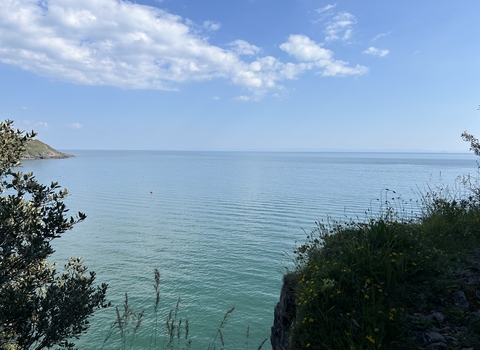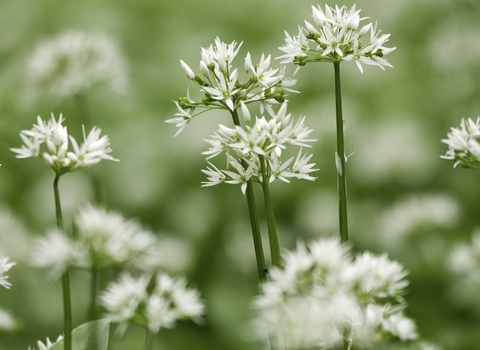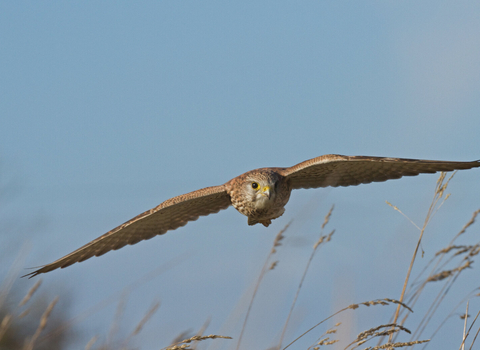This reserve is closed until further notice. Ash dieback is present on this site and is under management. Please respect any signage on site.
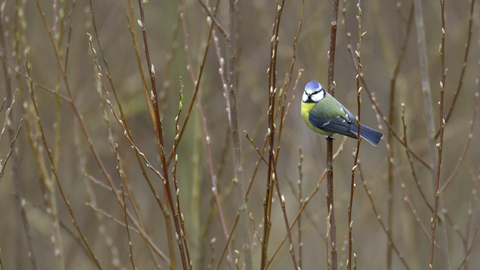
© Jon Hawkins - Surrey Hills Photography
Peel Wood
Location
Know before you go
Dogs
When to visit
Opening times
Open access reserve.Best time to visit
Spring, summer and autumn.About the reserve
Peel Wood occupies the site of the former Callencroft quarry. The woodland canopy is dominated by Sycamore, with Ash and Oak as a lesser component. The ground flora has displays of naturalised Daffodils and Solomon’s Seal in early spring which later gives way to Wild Garlic. Ivy predominates, with plentiful Hart’s Tongue and Soft Shield Fern.
The quarry cliffs support an interesting bryophyte and fern flora.
There is a good range of woodland birds including breeding Tawny Owl, Great Tit, Blue Tit and Wren.
This is a site to see the locally rare Marble White butterfly.
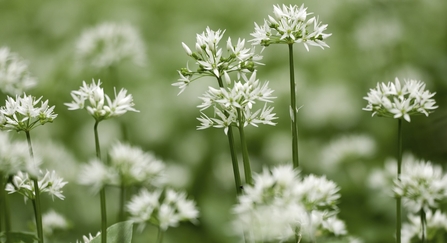
Wild garlic. Ross Hoddinott/2020VISION

